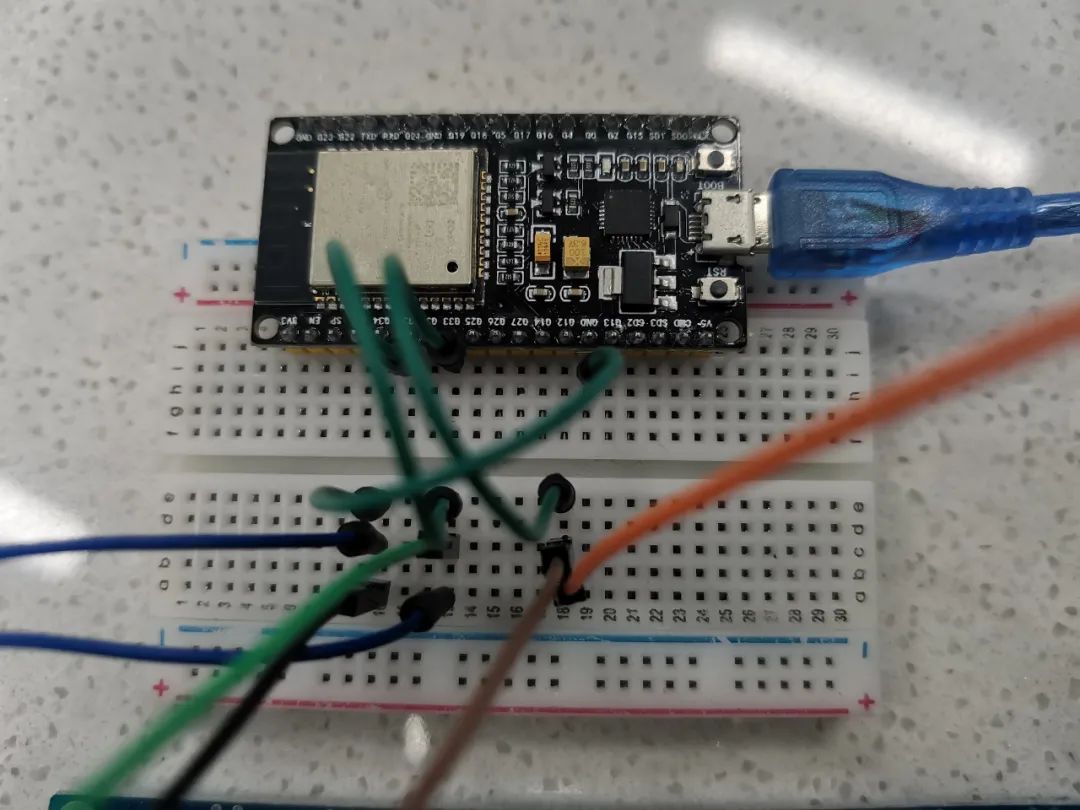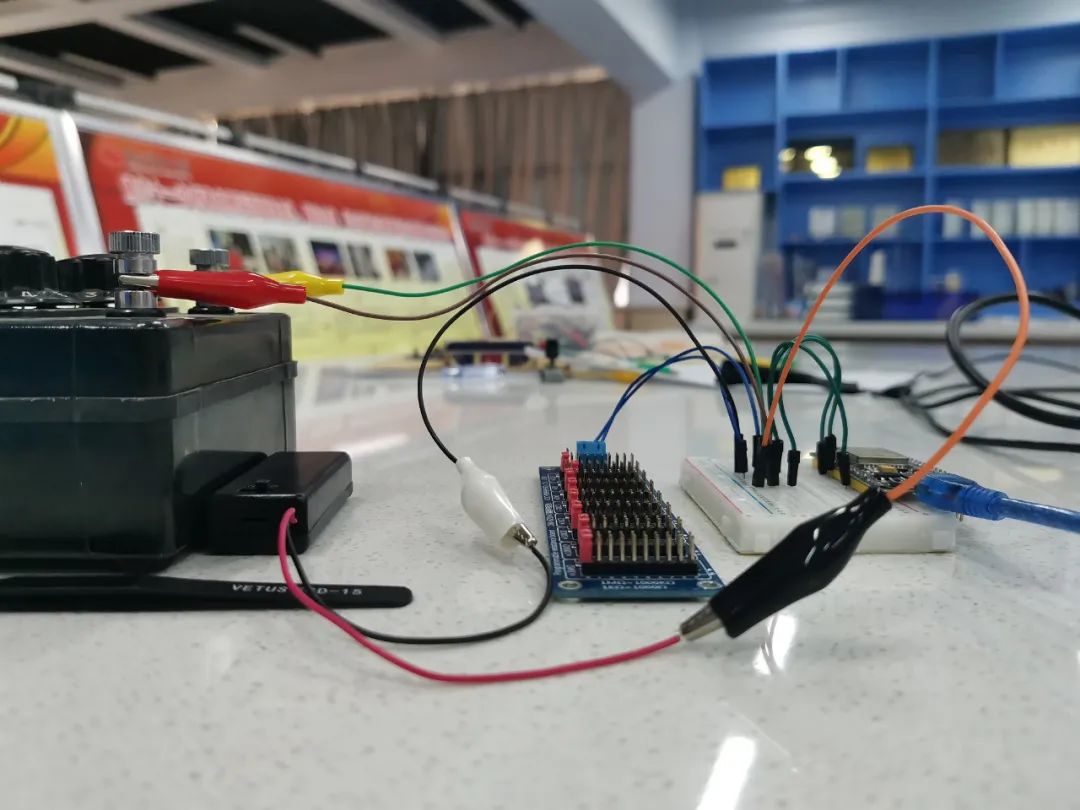
Recently, inspired by a high school physics exam experiment question, I decided to use the voltage-resistance method to measure the electromotive force (EMF) and internal resistance of a dry battery.
A few days ago, I used the ESP32 and Phyphox to measure the EMF and internal resistance of a simulated power supply using the voltage-resistance method. This time, I wanted to measure the EMF and internal resistance of a real power supply to compare with the new curriculum reform that advocates researching real physical scenarios.
At hand, I had a dry battery pack consisting of two dry batteries in series. This dry battery pack is about two to three years old and is almost depleted, making it perfect for this study. New batteries have too low internal resistance, resulting in too high current, which is not ideal.
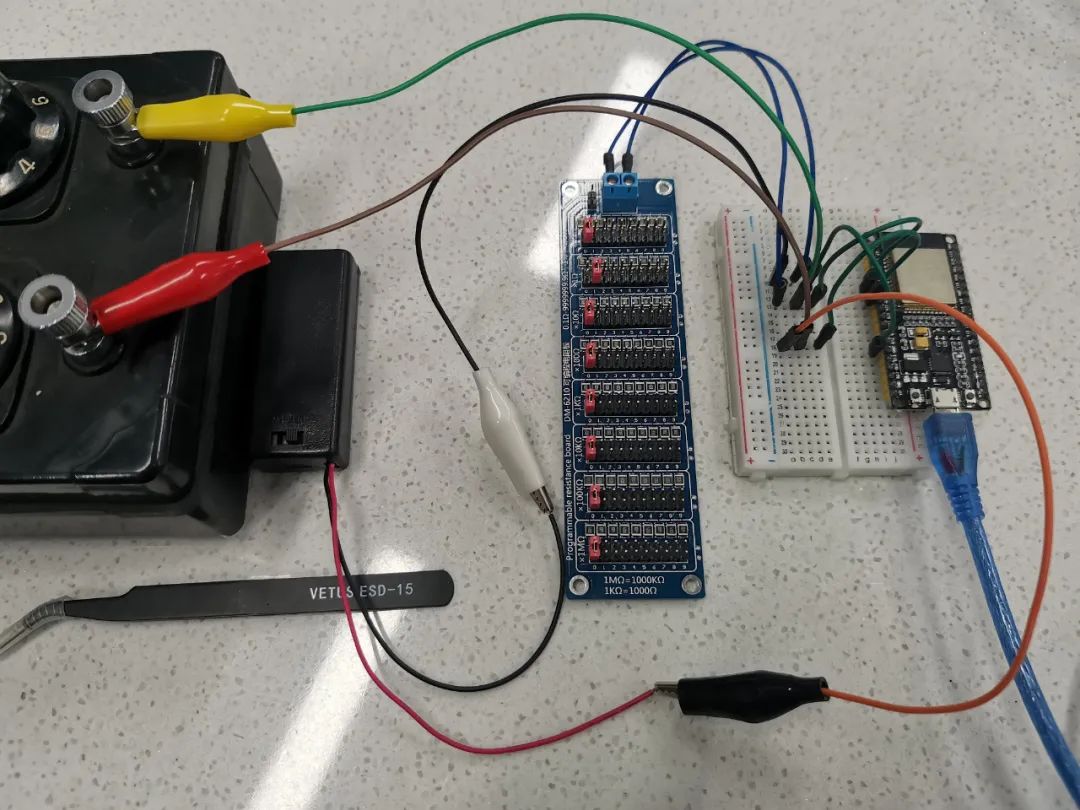
Considering that the ESP32 can only measure voltage, in this experiment, I used a programmable resistor board to set a resistance of 1 ohm, which was connected in series with a variable resistor box to form a closed circuit with the dry battery. I used the ESP32’s IO33 pin to measure the voltage across the circuit and the IO35 pin to measure the voltage U across the programmable resistor, and then calculated the resistance value R of the variable resistor box using Ohm’s law.
Then, I had the ESP32 send 1/R and 1/U via Bluetooth to Phyphox on my smartphone, dynamically plotting the relationship between 1/R and 1/U.
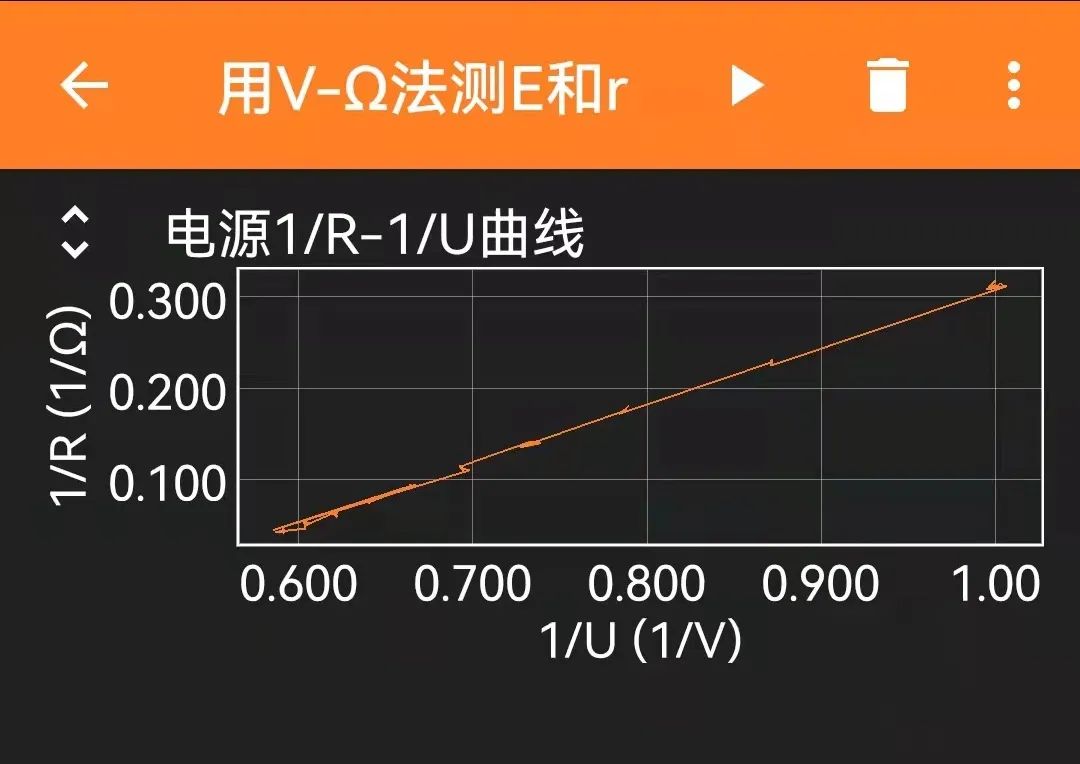
After plotting the relationship graph of 1/R and 1/U for the dry battery pack, I performed linear fitting and found that the graph is an inclined straight line.
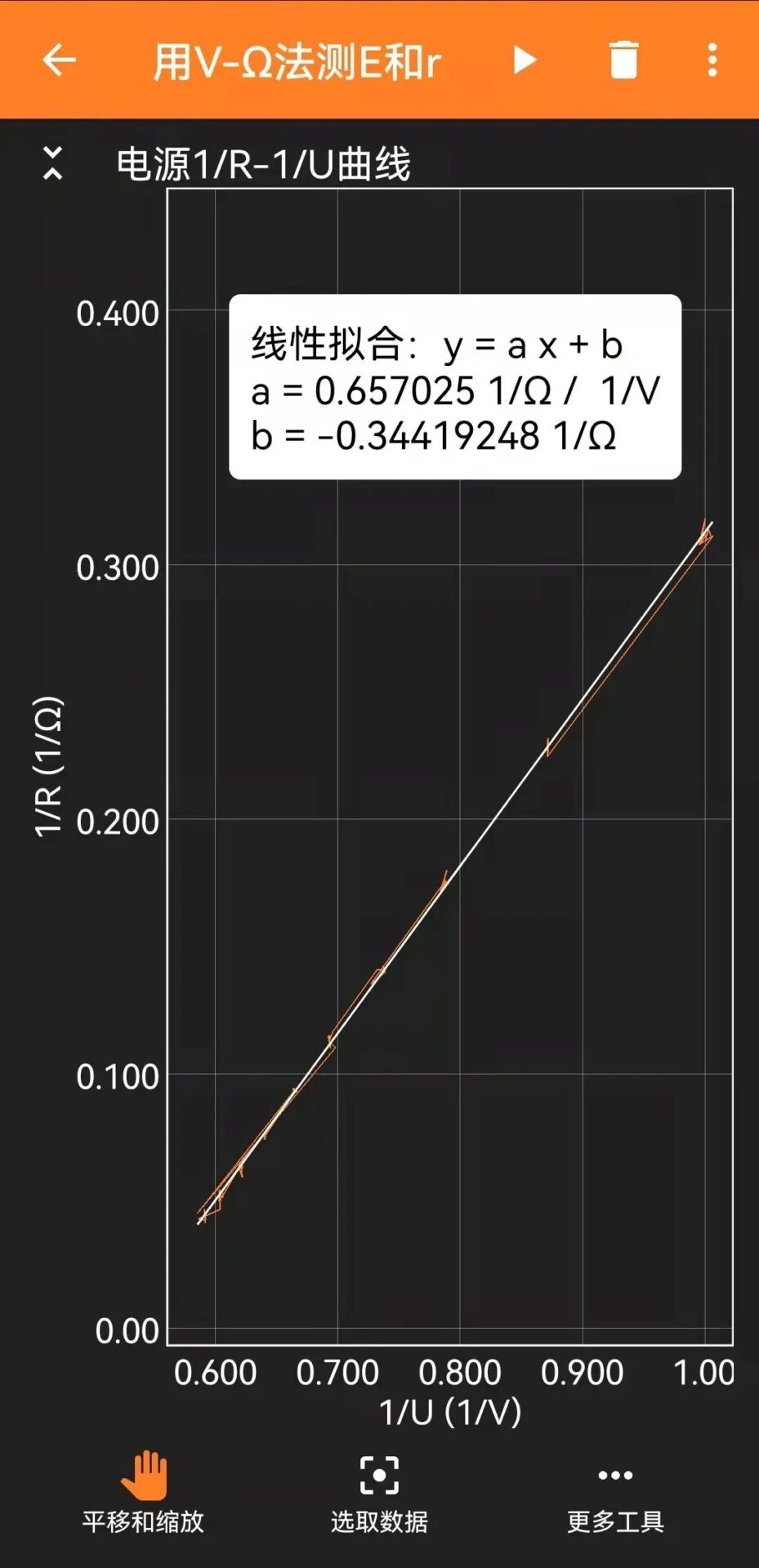
From the physical meaning of the graph of 1/R and 1/U of the dry battery pack, the absolute value of the y-intercept’s reciprocal is the internal resistance of the power supply being tested. Based on this, I calculated the internal resistance of the dry battery pack to be 2.905Ω. The slope represents the ratio of the power supply’s EMF to its internal resistance, which is the short-circuit current. Based on this, I calculated the EMF of the dry battery pack to be 1.909V.
It can be seen that this dry battery pack is indeed depleted.
